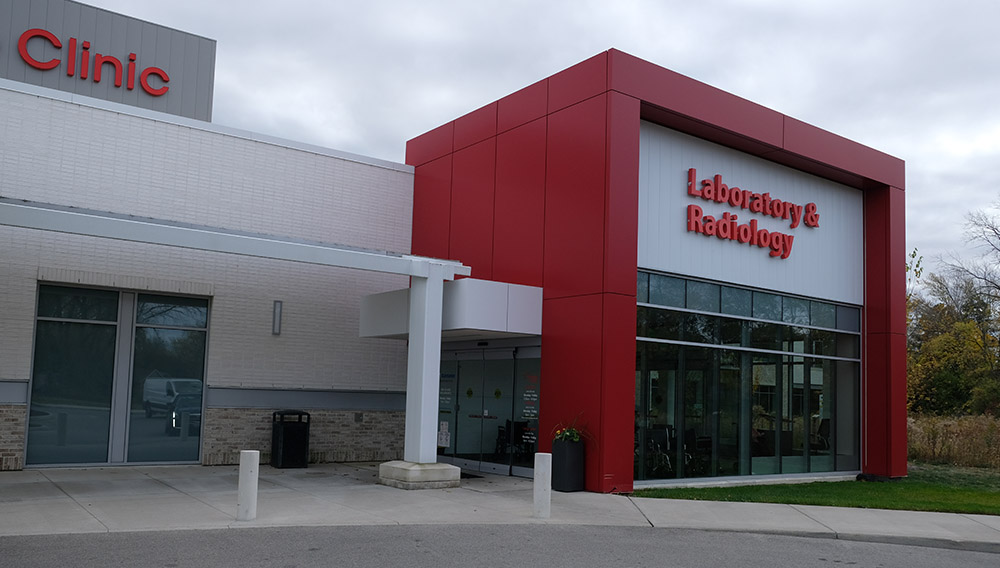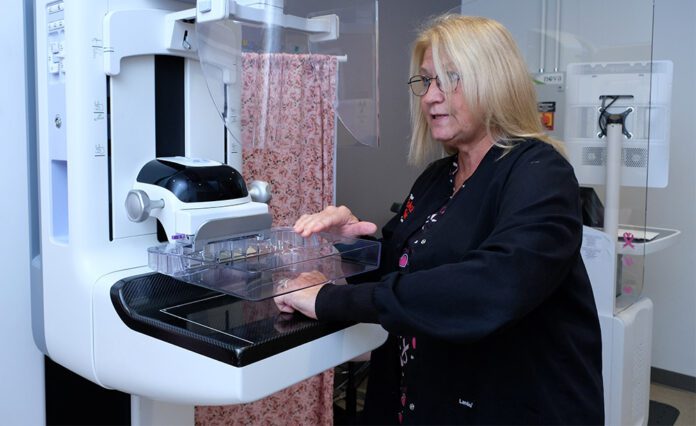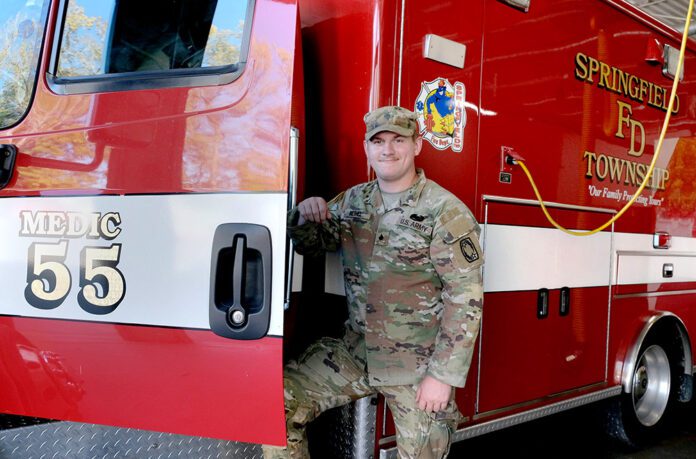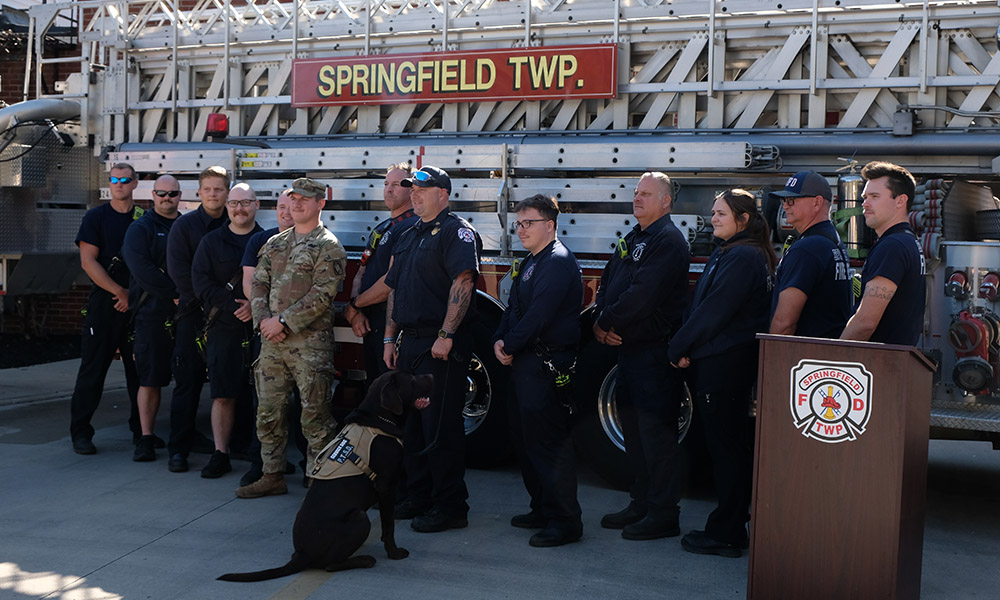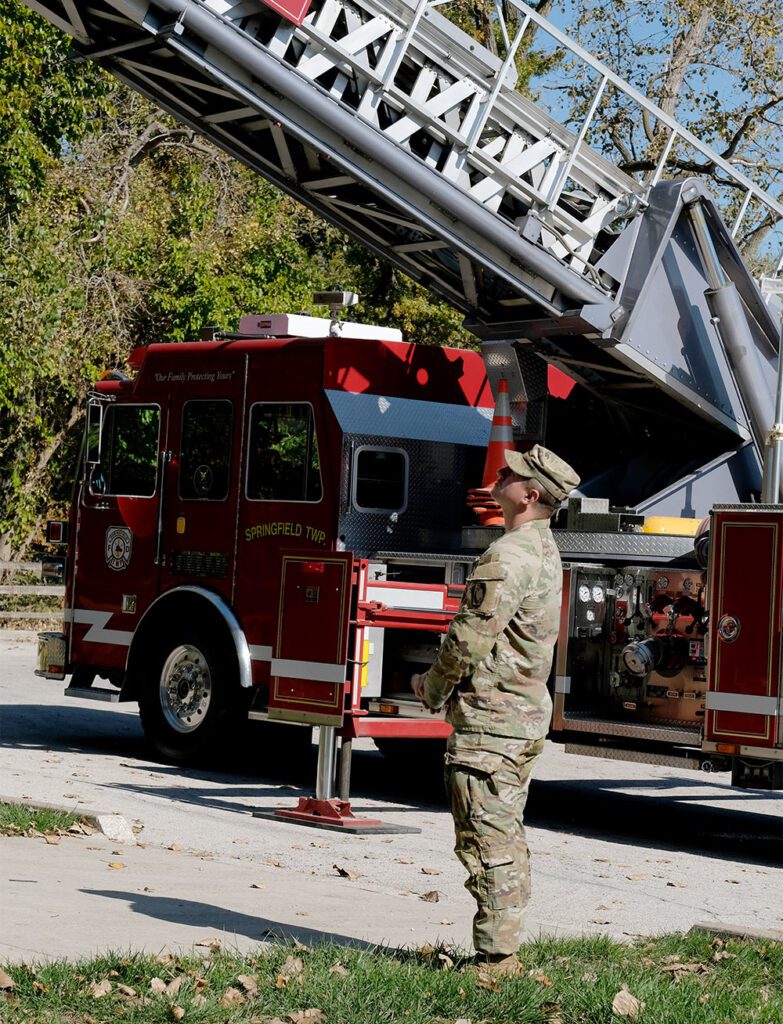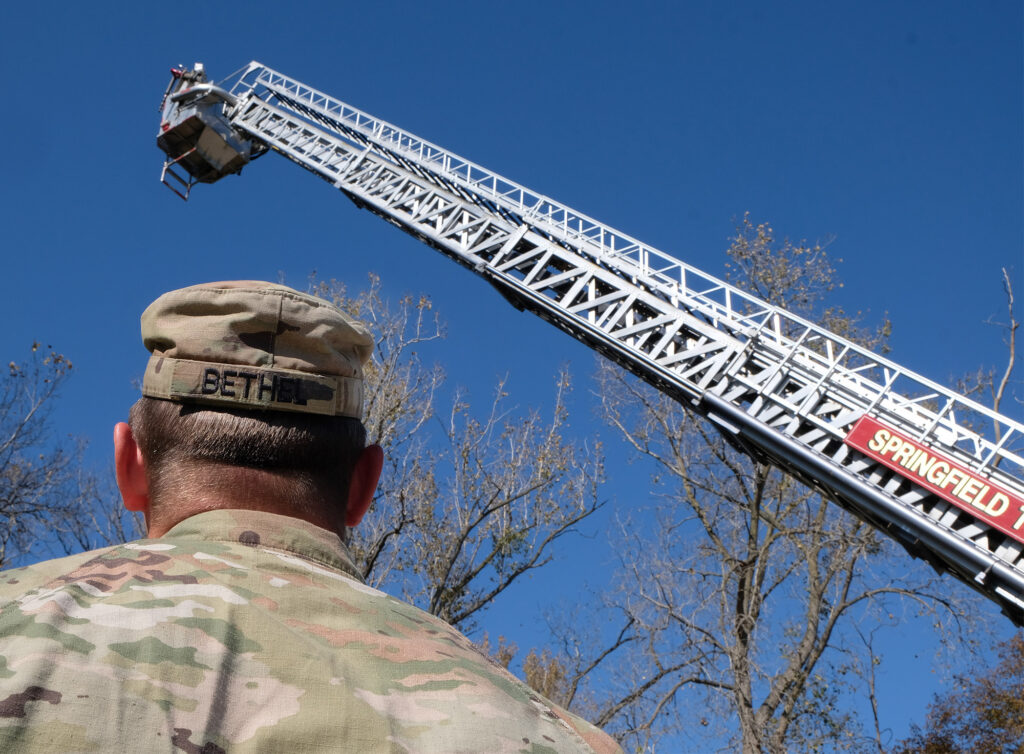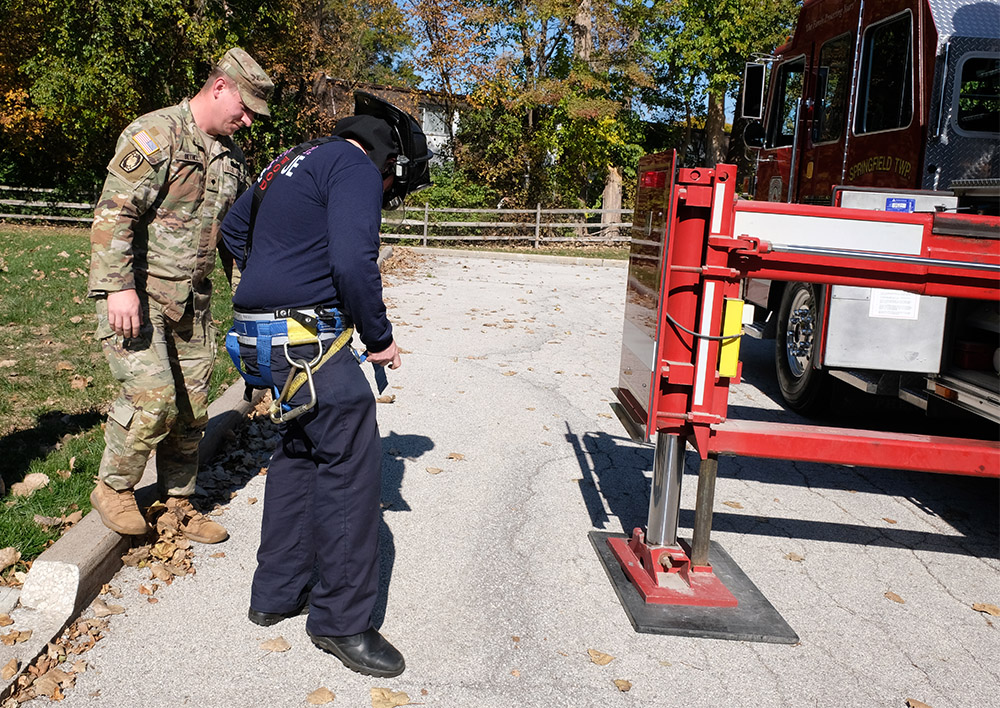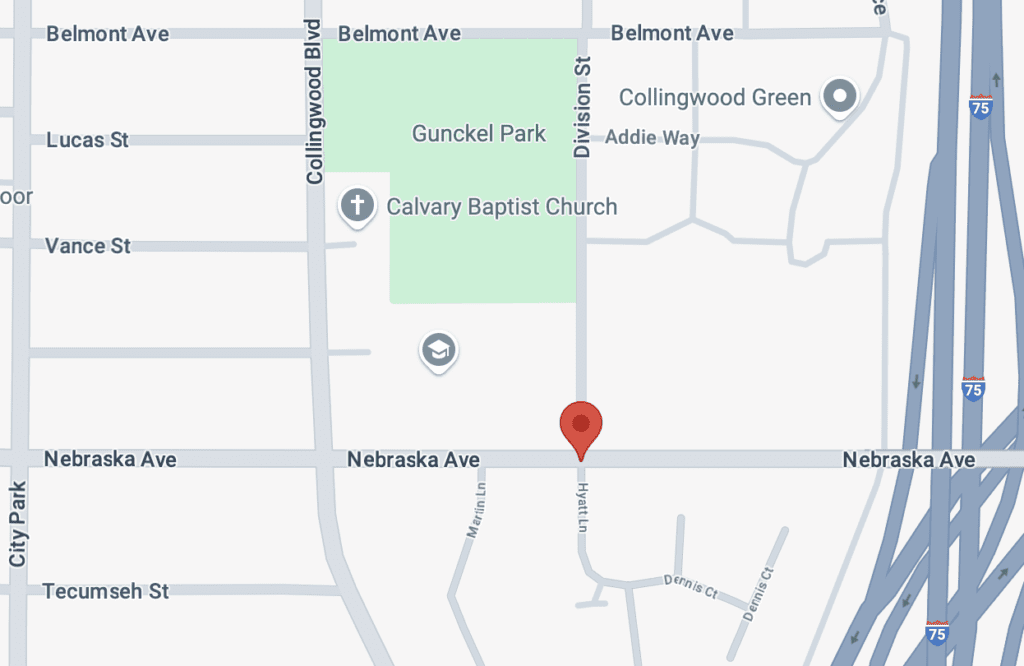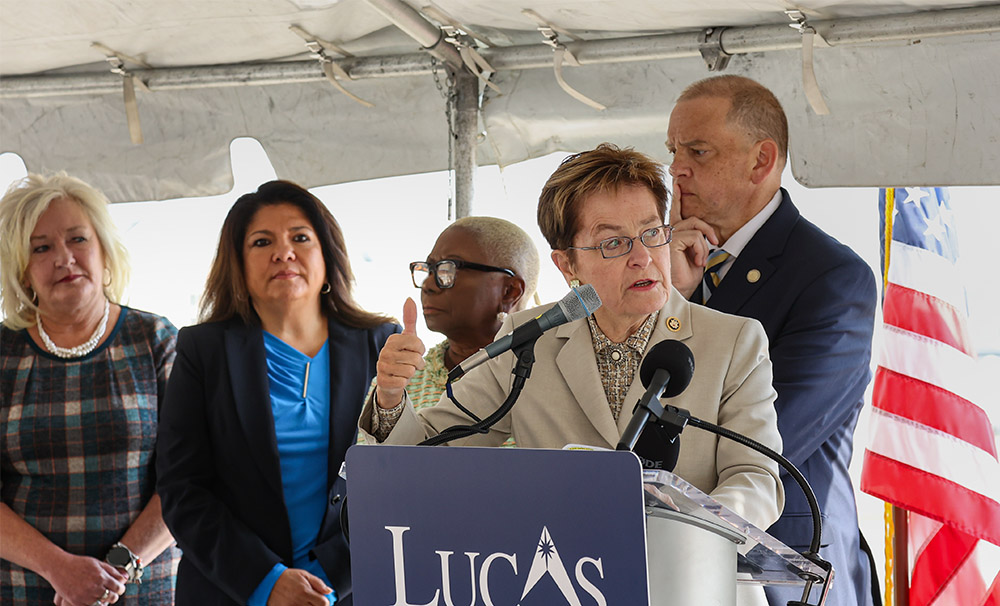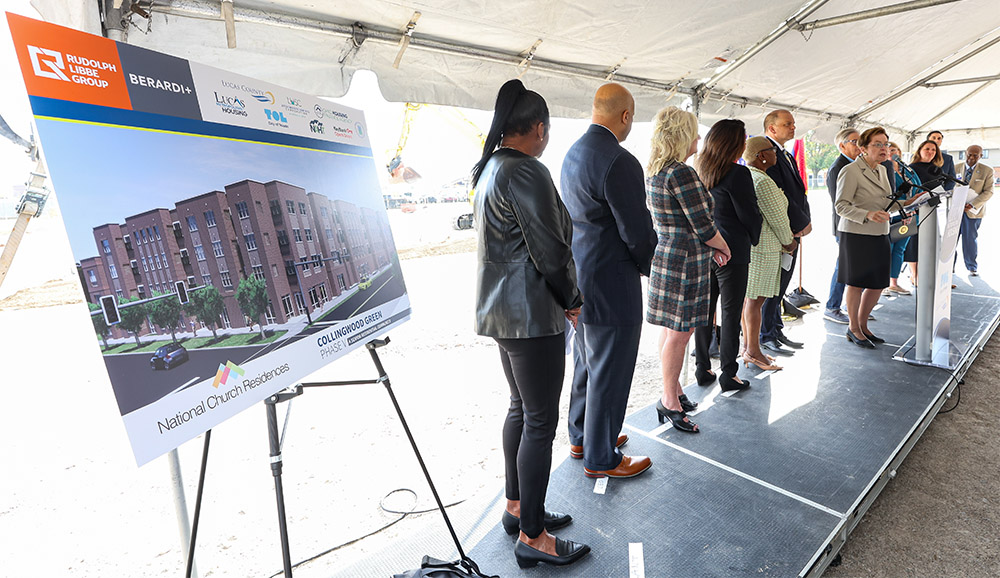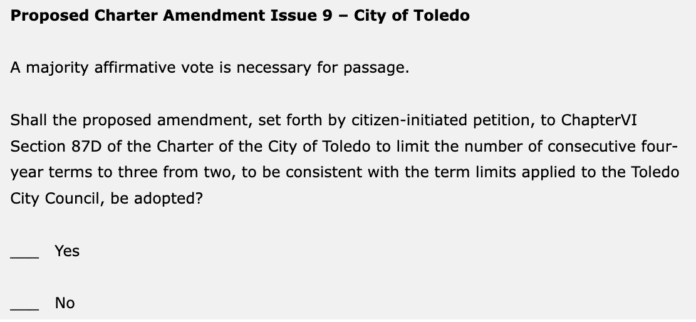Toledo Clinic Women’s Center leads with compassion, comfort

MAUMEE – Have you ever received flowers after attending your first preventative appointment at a healthcare facility? You will at the Toledo Clinic’s satellite locations in Maumee and Toledo on Secor Rd.
The Toledo Clinic Women’s Center houses a dedicated and empathetic staff who have cultivated a soothing environment for mammography, an X-ray imaging technique that uses low-dose radiation to examine the breast for cancer and other diseases.
Their goal is to change the perception that mammography is scary and painful. But at this clinic, patients walk out with a sense of calm because of quick results and compassionate care.
We spoke with the staff at their Maumee location, where they took the time to tell us about their thorough and convenient imaging services and other conveniences this location provides.
It actually starts the moment you pull into the parking lot: There’s no parking garage, so parking lots are accessible, surround the building and are a short walk to the door. When you enter the facility, the imaging center is close to the entrance and easy to find. And walk-ins are welcome only at the Maumee location.
Mammography has come a long way in the past few years. Toledo Clinic’s Maumee location houses one 3D Digital Breast tomosynthesis high-definition mammogram unit. Imaging has updated from 2D to 3D.
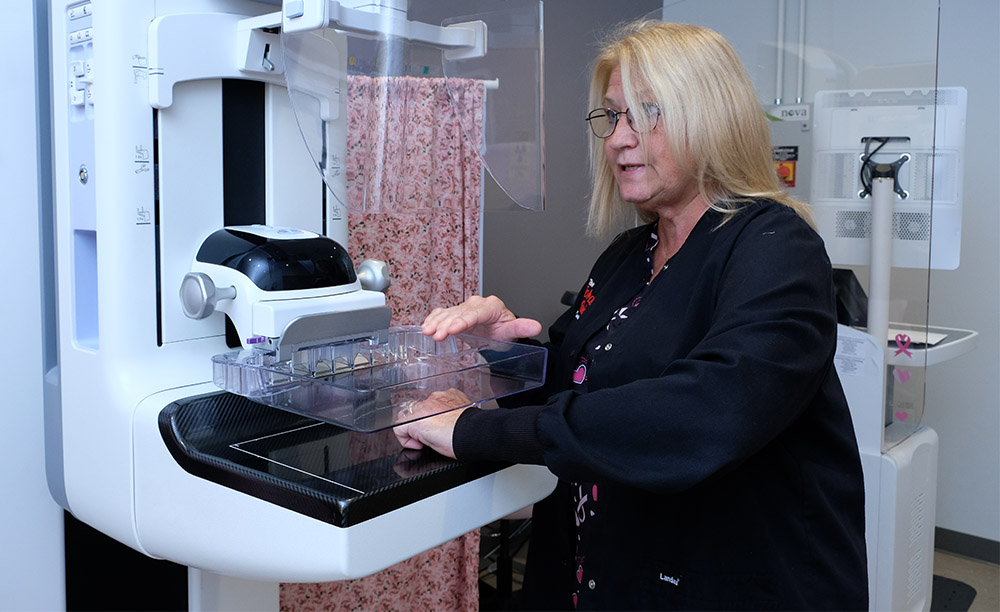

Denise Benton R.T. (R) (CT) (MR) (M), of The Toledo Clinic, said she loves coming to work because of the team and patients she works with. “Patients say they prefer coming here than anywhere else; I hear that all the time.”
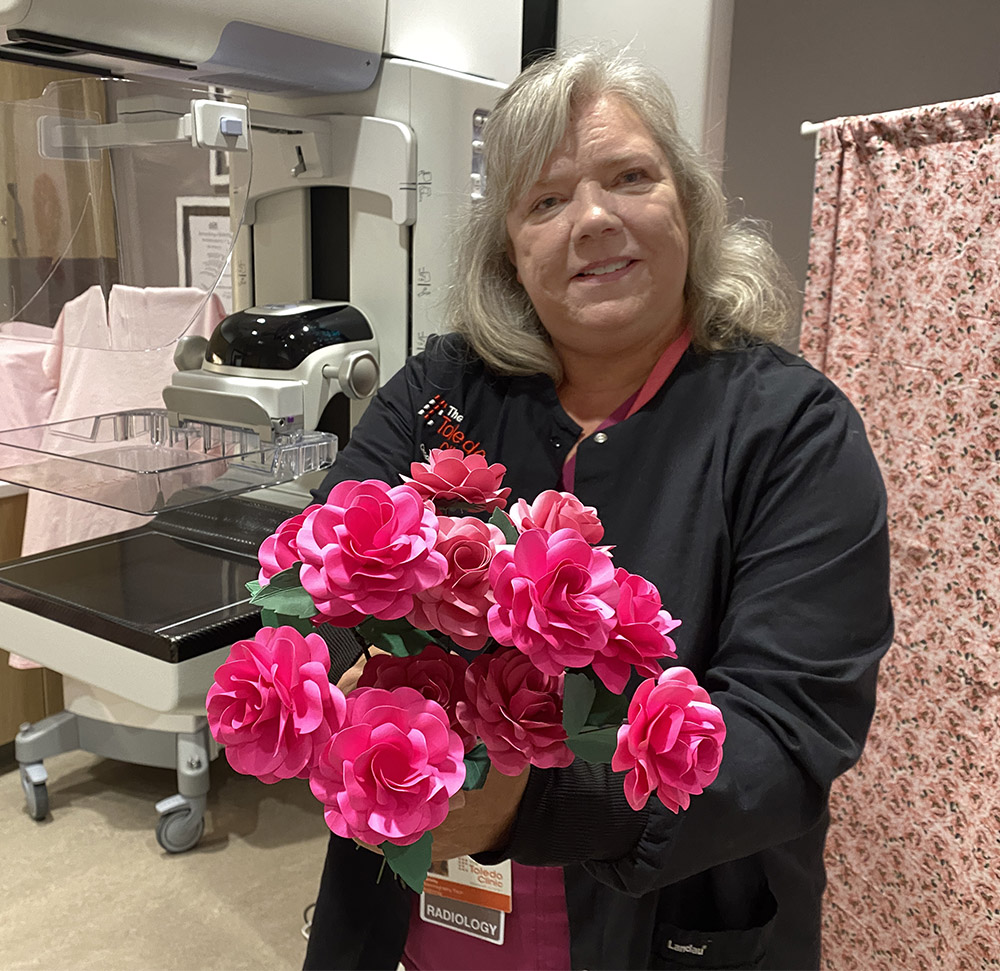



Benton describes the progression of these tests as dramatically changing the landscape of mammography. 2D images were like finding a bunny in a snowstorm, whereas 3D is more like taking a loaf of bread and slicing it into sections that can be thoroughly examined. Early detection is vital for patients, making cancer easier to treat.
The improvement of this technology has saved countless lives. The best way to keep yourself ahead of the game is to have yearly mammogram appointments. The Toledo Clinic’s cozy experience will encourage you to come back every year.
Benton ends every appointment with “I’ll see you next year!” She and the other staff members at the women’s clinic know the importance of what they do, which is why they have taken many thoughtful steps to make women comfortable and take their preventative care seriously.
Tammy Rosenbalm, a mammography technologist at the Toledo Clinic, has added an extra touch to help the first-time patients feel comfortable and appreciated. She makes paper flowers as a welcome gift. When asked about what inspired her to make the roses, she said it helps reduce the anxiety patients have over their screening mammograms.
“I hope giving them roses will help them to think of these appointments as a positive experience,” Rosenbalm said.
Appointments and walk-ins will start with a script from your physician. The staff at the Women’s Center will need this script to get you booked. Scheduled appointments are available, and walk-ins (only at the Maumee location) are encouraged during their hours: Monday-Friday from 8 a.m. to 4 p.m. Mammograms are offered at their two imaging locations. The other imaging center is at the Toledo Clinic Secor location.
The first step of a mammogram will take you into a room draped with pink florals. Unsightly medical equipment are hidden with drapes, crafty décor and images of flowers. Patients can choose a warm or cool gown. The ambiance is heightened by smooth jazz.
First time mammogram patients are treated with the utmost care. They are told that the mammo will not be like your “mother’s mammogram.”
Unlike what women experienced in generations past, the Toledo Clinic’s equipment is forgiving. The flexible paddle used to press your breast for imagery considers the shape of the individual breast, and does not push it down flat. Instead, it applies pressure in the appropriate areas, making for a much more comfortable experience and a better image.
If there is any abnormality found, you will be notified of the results within 24 hours. The clinic will schedule a diagnostic mammogram and an ultrasound. The radiologist will then discuss the results with you. If a biopsy is needed, it can be scheduled before you leave.
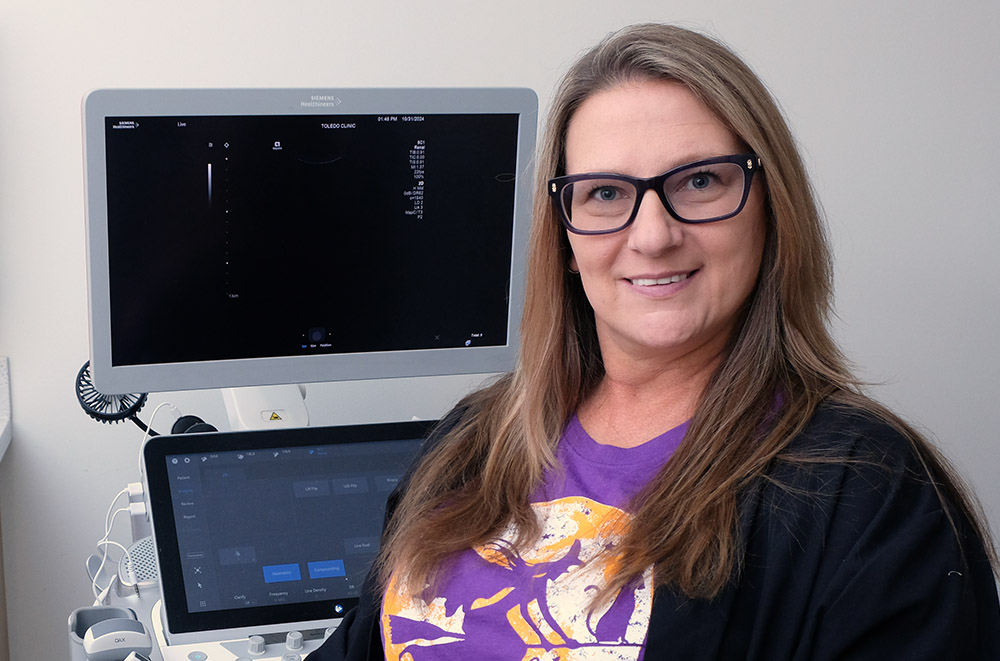

We spoke with one patient who is also a staff member at the Maumee imaging clinic. Ruth Waddell, the Toledo Clinic’s lead ultrasound technologist, has been receiving mammograms at another facility for about 12 years. She said she like being a patient at this facility because of the comfort staff provides.
“Tammy makes me feel comfortable and at ease. They make you forget it’s a medical test,” she said.
In her last appointment, Waddell heard the dreaded words, “We found something.” She was scheduled for a diagnostic appointment immediately, and received another mammogram and an ultrasound. The results detected a cyst.
Mammography is a vital tool for early detection of abnormalities that can’t be found by touch or sight. The staff at the Imaging Center encourages women to schedule a mammogram every year starting at 40 old.
